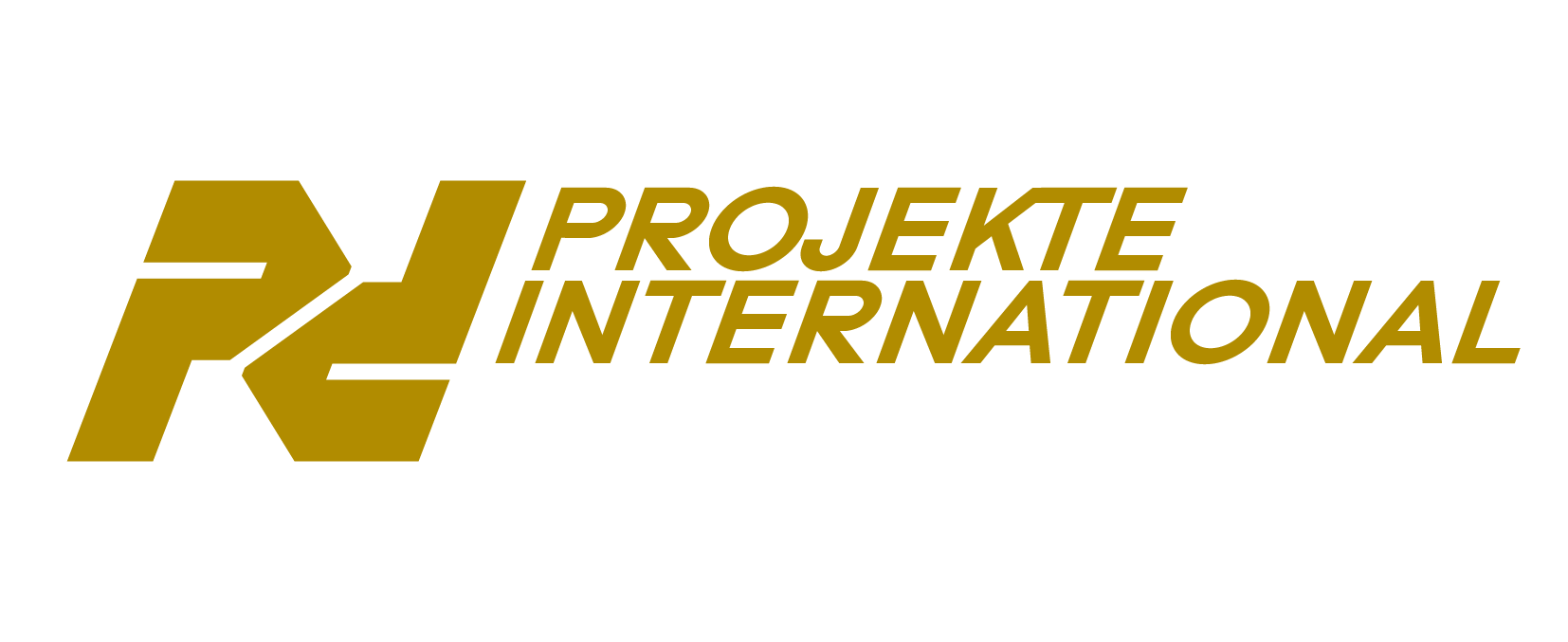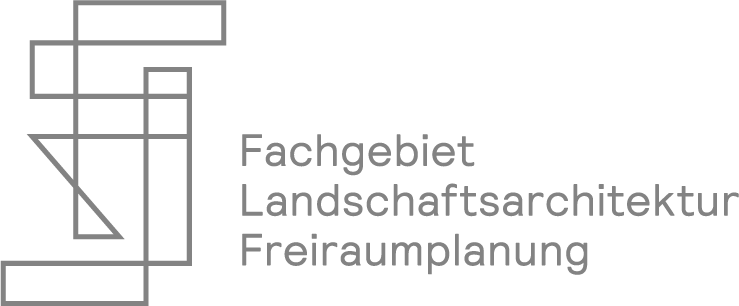SPECULATIONS! with
c/o now
What role does infrastructure play in the development of future-proof and livable cities?
"Based on the corporate crises accelerated by Corona, we can clearly see that the logic of the market is not logical at all: Demand determines supply; offers that nobody asks for are trumped; so how much sense does it make when such companies ask to be bailed out with state money? The irony is that the balance between technical infrastructure such as transport and communication facilities or energy supply and social infrastructure, which includes not only schools and hospitals but also a wide variety of cultural institutions, has been abandoned in favor of the idea that the same companies have of being future-proof. First and foremost, growth. Livable cities are characterized by a pronounced social infrastructure, which is served by technical infrastructure. Less the other way around. Currently cars occupy most of the city’s space. Architecture as such plays a very minor role here and we should maybe first evaluate our portfolio. Nobody denies that sensible economization is essential to maintain these infrastructures. But that also applies the other way around. If traditional engineering companies today are looking for personalities who resemble their founders, hoping that they will come up with a way to reinvent themselves, then they should ask how such people are going to make it through the education and career system that was built after their ideas. And they should ask why creative hubs must be built out of the ground at great expense and why they don't just appear naturally anymore. "
Video-Collage by c/o now. For academic purpose only. All image sources are listed. Mainly material from Google Earth and Google Street View in fair use.
How will infrastructure have to change and reconfigure in the face of global and local challenges?
"The challenges are quite clear. Climate change may still be too abstract for us to imagine, but the finite nature of fossil fuels has been causing wars for decades and in recent years we have seen massive refugee movements as a result. All this destabilizes our economic infrastructure which cannot and will not adapt to it. Corona is now a welcome excuse for many to cover up these processes. But once again: the virus was just an accelerant. While the financial industry and the manufacturing industry are becoming increasingly separate, the latter is still one of the objects of speculation for the former. And despite short-time and temporary work, the manufacturing industries still pay the wages of many people. As mentioned in episode 1, we have aligned the mix of technical and social infrastructure accordingly. Like these industries, our traditional organizational concepts do not have the necessary transformation skills to meet these challenges. Therefore, the shocking answer so far is: Continue as before! Maybe at best: The emperor's new clothes! But since the Corona lockdown there is another trendy term that has gained influence on thinking about city: Resilience. What can this expression mean other than the development of local infrastructures that strengthen the degree of urbanity and independence of manageable communities, without ignoring the larger global context and global solidarity demands? "
Video-Collage by c/o now. For academic purpose only. All image sources are listed. Mainly material from Google Earth and Google Street View in fair use.
Which infrastructure do we have to give up, do we want to keep, adapt or create new?
"Whenever architects consider how infrastructural organizations that extend beyond buildings should function, it tends to become - to avoid the term fascism - totalitarian. A large part of modernist criticism flirts with this fact. As there is not just one modernity, but many modernities, there are also numerous projects that are at least emancipatory motivated. These ideas partly originate from the thinking of unexpected protagonists. As the reconstruction commissioner of the US military government of Germany, Walter Gropius, for example, proposed a network of completely newly built cities, none of which should have more than 8000 inhabitants. These cities were grouped around a town hall, which was to be not only their cultural center, but also the place where grassroots democratic processes should be negotiated. The decisions made there would then have been carried by delegates directly to the political meta-level. This typology may originally come from the far more radical Bruno Taut, but as a multipurpose hall - without its political significance - it has found its way into the canon of standard urban building blocks in West German cities. Hans Scharoun's proposals for the reconstruction of Berlin comes from the same corner. The most important infrastructure we must deal with is that of a common vision of the future. If we succeed in establishing such a vision, we will be able to ask it on a case-by-case basis how to deal with infrastructures."
Video-Collage by c/o now. For academic purpose only. All image sources are listed. Mainly material from Google Earth and Google Street View in fair use.
Which new actors will (emerge and) design the future infrastructures?
"At a backroom meeting we were not supposed to listen to, high-ranked city officials, politicians and lobbyists stated the urgency to build bicycle highways to attract young highly qualified internationals that would else decide for San Francisco, Seattle or Copenhagen rather than Berlin. The routes they were considering had little to do with connections between the various densification points of this polycentric city. On the contrary they aimed to link areas intended to develop as locations of specified clustering between sciences and economic sectors as for example the medical industry. Although we are now witnessing an already astonishing transformation of how to think about infrastructure, this infrastructure is still technically connoted and thus only subject to a notion of growth and competition. Plus, it all takes place in a backroom. The state as an abstraction of the multitude has forgotten how to actively shape infrastructures through the privatizations of the last decades. Public Private Partnership is ultimately the total admission of this impotence. And beyond technical infrastructure, this has devastating effects on any social infrastructure. The new actors can only be the old ones. People need to re-organize and re-politicize at local level and network internationally to finally install the long overdue update."
Video-Collage by c/o now. For academic purpose only. All image sources are listed. Mainly material from Google Earth and Google Street View in fair use.
About the authors:
c/o now is a Berlin architectural practice taking care of imagining and realizing objects, architecture and urbanity, as well as the editorial revision of related issues.
c/o now is Tobias Hönig, Andrijana Ivanda, Markus Rampl, Paul Reinhardt + Duy An Tran, Andrea Spiegl (publicist tasks) and all contributors who collaborate in accomplishing a task: those who give assignments, those who advise, craftspeople and workers.
c/o now works in an office in Wilhelmshavener Straße in Berlin-Moabit and everyplace c/o now is commissioned to solve a task.
BB2040
[EN] Berlin Brandenburg 2040 was initiated by the Habitat Unit in cooperation with Projekte International and provides an open stage and platform for multiple contributions of departments and students of the Technical University Berlin and beyond. The project is funded by the Robert Bosch Foundation.
[DE] Berlin Brandenburg 2040 wurde initiiert von der Habitat Unit in Kooperation mit Projekte International und bietet eine offene Plattform für Beiträge von Fachgebieten und Studierenden der Technischen Universität Berlin und darüberhinaus. Das Projekt wird von der Robert Bosch Stiftung gefördert.








